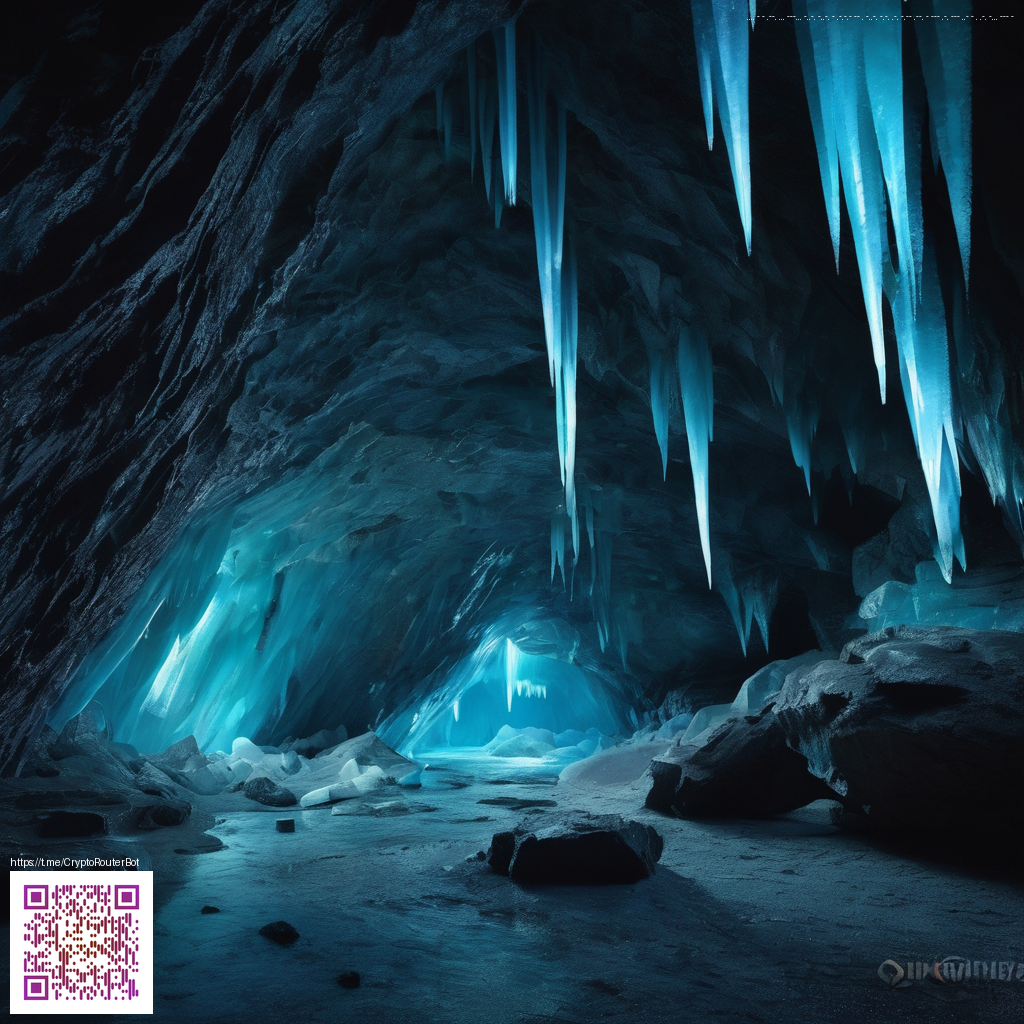
Neon Gradient Digital Papers Rise in 2025 Design
Designers are leaning into electric color combinations that feel both retro and contemporary. Neon gradients—those vivid blends of hot pinks, electric teals, and radiant yellows—are becoming a staple for backgrounds, wallpapers, and packaging mockups. This year’s digital papers are less about pure flash and more about layered depth: subtle opacity shifts, soft glows, and multi-stop transitions that glide across a canvas as if animated by an unseen breeze. The result is accessible energy that can anchor bold typography, iconography, and photographic elements without overwhelming them.
For brands and makers, neon gradient palettes offer a way to signal optimism, innovation, and approachability all at once. They pair particularly well with clean, geometric type and minimal UI elements, letting the color work as the hero while text and icons stay legible and purposeful. If you’re seeking concrete examples, you’ll notice how designers reference these gradients across product photography, website hero sections, and social visuals. These papers aren’t just backgrounds; they’re an expressive language that communicates mood at a glance.
Color Behavior and Readability in Neon Palettes
Neon gradients rely on carefully balanced color stops and contrast. A modern approach blends saturated core colors with softer midtones, then layers a touch of transparency to create depth. The trick isn’t to go all-out—it's to let the glow imply luminosity without washing out foreground content. When pairing neon gradients with text, designers often reserve the brightest stops for emphasis (think headlines or callouts) and keep body copy on calmer tones or even solid overlays. In practice, you’ll see gradients used as soft backdrops that help typography pop, rather than as kaleidoscopic foregrounds that compete with it.
- Directional gradients—diagonal sweeps or curved transitions—create a sense of movement and modernity.
- Color harmony—stick to a concise palette (2–4 core hues) with a unifying neutrals anchor to maintain readability.
- Layered opacity—transparent layers give depth without distracting from essential UI or text.
- Texture and noise—subtle grain or light speckle adds a tactile feel that contrasts nicely with glossy neon.
“When neon gradients are grounded with thoughtful typography and spacing, they feel less like gimmicks and more like a confident design language.” — design observer
From Digital Papers to Tangible Products
The momentum isn’t limited to screens. Designers are translating neon gradient aesthetics into packaging, accessories, and hardware concepts. A vivid, gradient-forward look can be seen in case designs, printed collateral, and even product shells that aim to evoke speed, clarity, and futurism. Consider how a neon effect can elevate a simple surface—from a phone case to a cardholder—by providing a memorable silhouette and mood. If you’re curious about how these visuals translate into real-life products, the Neon Card Holder MagSafe Phone Case for iPhone 13 and Galaxy S21/S22 offers a practical reference point for gradient-inspired branding in everyday tech accessories (product page: https://shopify.digital-vault.xyz/products/neon-card-holder-magsafe-phone-case-for-iphone-13-galaxy-s21-s22).
Beyond aesthetics, the trend also prompts designers to rethink accessibility and brand consistency. Neon gradients can be calibrated for different contexts—from dark-mode interfaces where neon pops against black to light backgrounds where glow accents guide attention. This balance helps maintain hierarchy, which is essential when digital papers double as pattern sheets or design systems across campaigns. For teams, this means establishing a gradient library with named stops, suggested pairing fonts, and accessible contrast ratios to keep work cohesive across channels.
Industry resources across the web—such as mood boards and future-forward design hubs—often highlight how neon gradients evolve with technology. If you’re exploring references, a well-curated page like https://cryptodegen.zero-static.xyz/ef7b3232.html offers a snapshot of how practitioners curate color-forward ideas, experiments, and inspirations. Integrating those insights with hands-on experimentation can help you translate digital papers into tangible, high-impact visuals.
Practical Tips for 2025 Projects
- Start with a small gradient wheel: pick two core neon hues, then test two or three midtones to create depth without intensity overload.
- Use a soft glow effect sparingly to imply light without compromising legibility.
- Pair neon gradients with white or near-black text for maximum contrast on mobile screens.
- Treat gradients as design systems assets—define usage rules, scales, and accessibility guidelines early in a project.
As you prototype posters, app backgrounds, or product photography, keep the focus on how the gradient supports storytelling. Neon can signal speed, clarity, and optimism when applied with restraint and purpose. And if you’re shopping for a concrete example of neon influence in hardware aesthetics, the linked product page offers a real-world reference for how gradients translate to consumer devices and accessories.